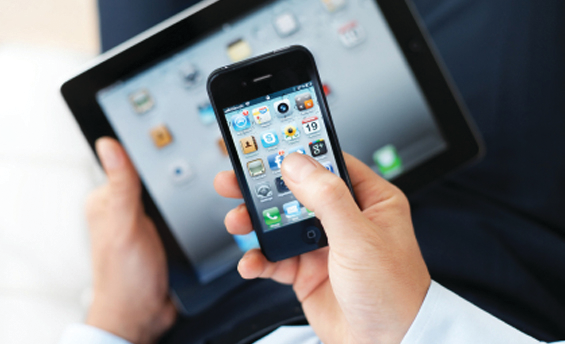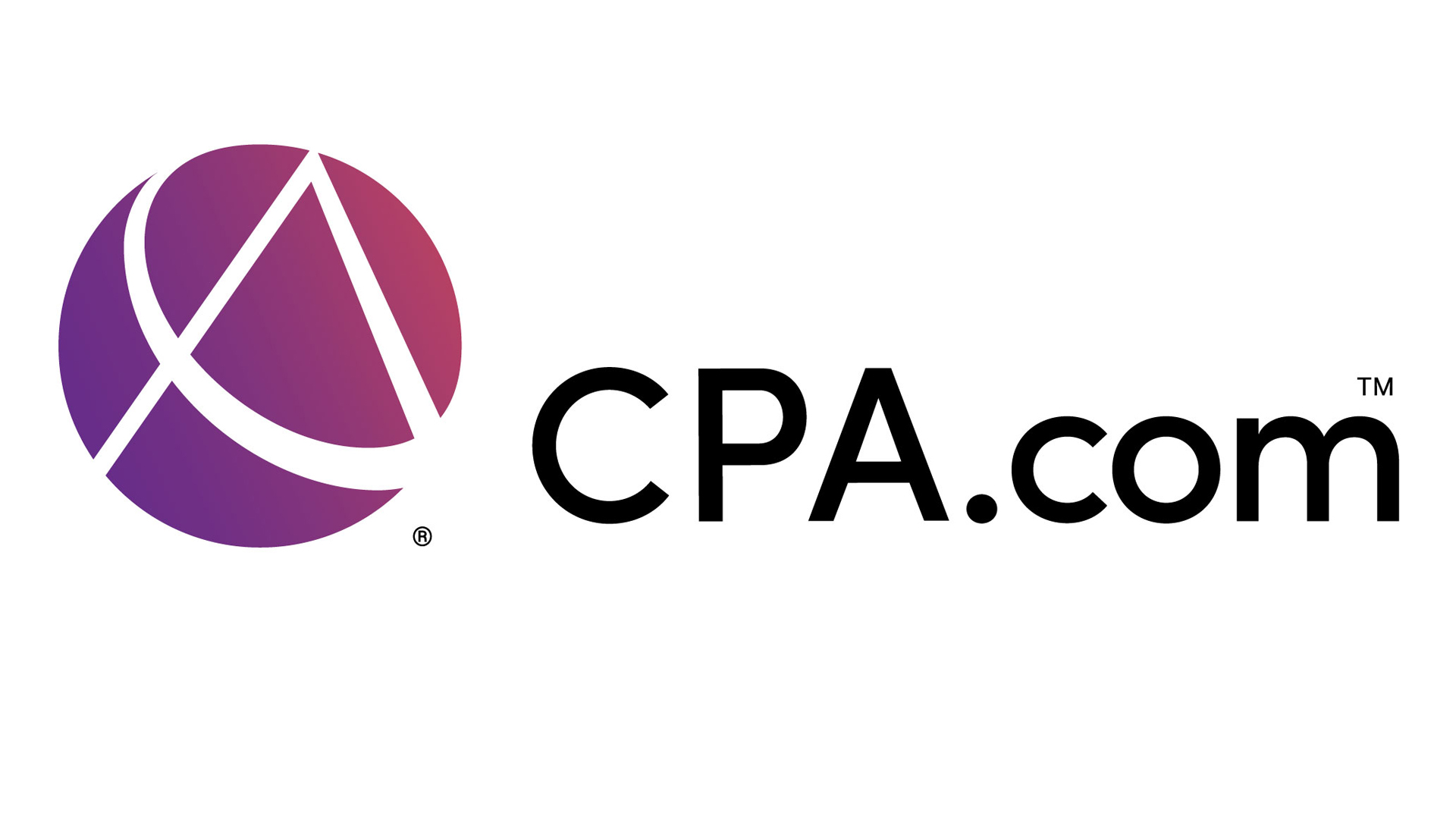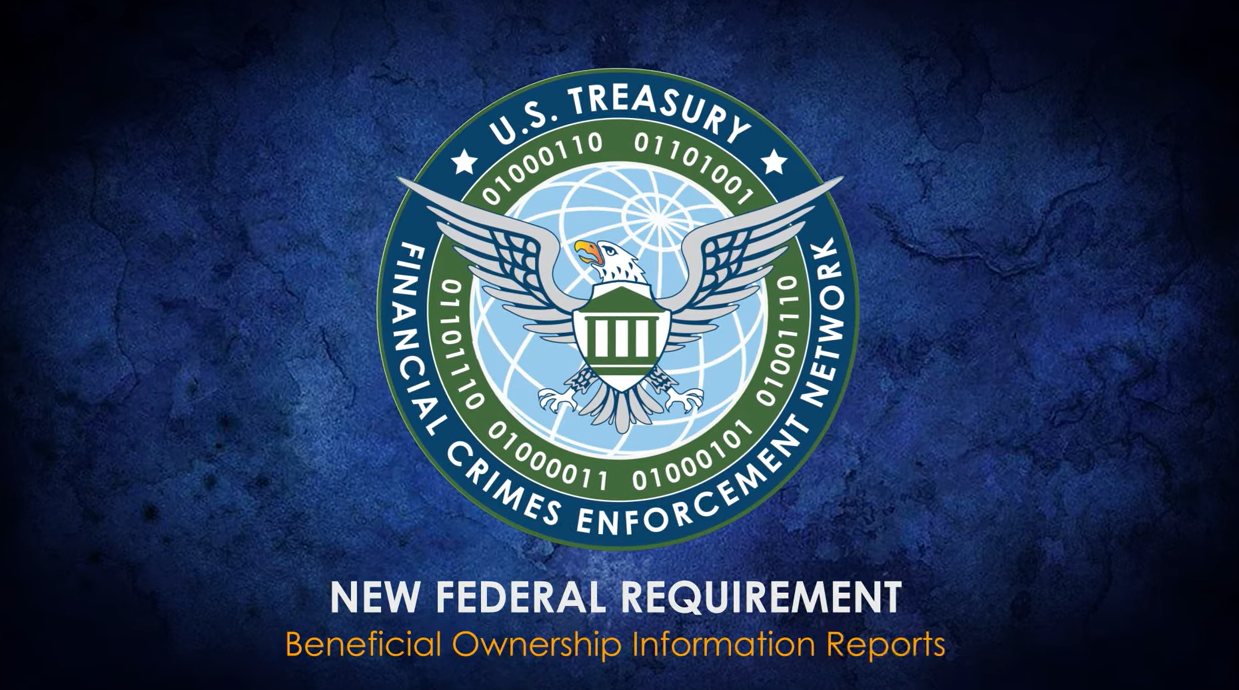From the July 2013 issue.
Oh the glory days of IT – the calculator, the brick mobile phone, the fax machine! Remember back when new technologies got their start in business markets?
Consumers waited anxiously for the products to commoditize so prices would fall and they could get their hands on the latest and greatest devices. And, in the workplace, the IT department ruled with an iron fist – dictating what technologies would be used by whom. Well, those days are now a distant memory as the Consumerization of IT has taken hold.
What is Consumerization of IT?
Consumerization of IT is the growing tendency for new technologies to emerge first in the consumer market and then spread into business and government organizations. The Consumerization trend is all about driving innovation in technology from the perspective of the individual consumer or employee. This shifts innovation into hyper speed compared to the past.
What Does it Look Like to a CPA?
In our CPA world, Consumerization looks very similar to the way it does to everyone else. Amazon.com started as a consumer marketplace and now sells enterprise cloud services to business and government. Social media tools, iPads and iPhones and even Wikipedia, which I used for my definition of Consumerization above. But let me try to give you a few specific examples of how this trend is impacting CPA firms today.
- Client Portals – Most clients have adopted online access for their banking, investments and credit cards. They’ve come to expect self-service options when dealing with financial matters and this is driving many firms to offer portals as a way to interact with clients online.
- Social Media – This trend started on the consumer side and exploded to new heights no one ever imagined. So much so that businesses, including CPA firms, couldn’t ignore the power of its reach and influence and are now leveraging it for business purposes.
- BYO_ – We’ve heard a lot about Bring Your Own Device (BYOD) but Bring Your Own Technology (BYOT) and Bring Your Own App (BYOA) are also consumer trends that are affecting firms across the country. Whether, it’s an iPad, a MacBook Air or DropBox employees are bringing tools to work that they started using in their personal lives and now want to leverage in the workplace.
Impact on IT Department
Consumerization completely changes the role of IT in the firm. IT must shift from an attitude of command/control to enable/embrace and that’s a lot easier said than done. End user attitudes about what should be expected from IT and how quickly it should be expected are also shifting due to Consumerization. This is forcing IT to become much more agile than they have been in the past to respond to growing (and diversifying) demands and shrinking wait-times.
Additionally, firms must rethink how they procure and manage technology equipment and services. A dependency has also developed between the consumerized services and the businesses that rely upon them. The challenge for IT becomes how they provide enterprise level security on consumer grade products and services.
Tools for Balance
So what are some tools to balance the end-user wants with the need for enterprise security? The leading area we are seeing firms respond is with mobile device management platforms. Microsoft Exchange ActiveSync gives you a lot of capabilities for free but tools like AirWatch, MobileIron, MaaS360 and Good give you much more. You’re able to separate out the business and personal content on mobile devices and manage activity at a much more granular level.
The other area that we see IT having a major impact in this new frontier is process improvement and there are tools available in this space as well. Lean Six Sigma has been popular in manufacturing for years and is now gaining traction within accounting firms. Lean is all about eliminating wasteful activities while Six Sigma focuses on improving quality and eliminating variation. Combined, these two offer drastic improvements in process efficiency. IT tends to excel here because they typically have strong process skills and they’ve been exposed to all areas of the firm. They can also play that careful balance between giving end users what they want and minimizing the risk to the firm through process.
So What?
Consumerization of IT is happening whether we like it or not. How firms respond to it will determine the long-term success or failure from a technology perspective. The role of the IT professional is also transforming within the firm and Consumerization is creating an opportunity to become more strategic to the business by becoming an enabler. In the end, those who choose to embrace and influence the changing landscape of technology will win. Those who resist and control, risk obsolescence. I, for one, welcome Consumerization with open arms, and suggest you should too.
Thanks for reading CPA Practice Advisor!
Subscribe Already registered? Log In
Need more information? Read the FAQs
Tags: Accounting, Firm Management, Technology





